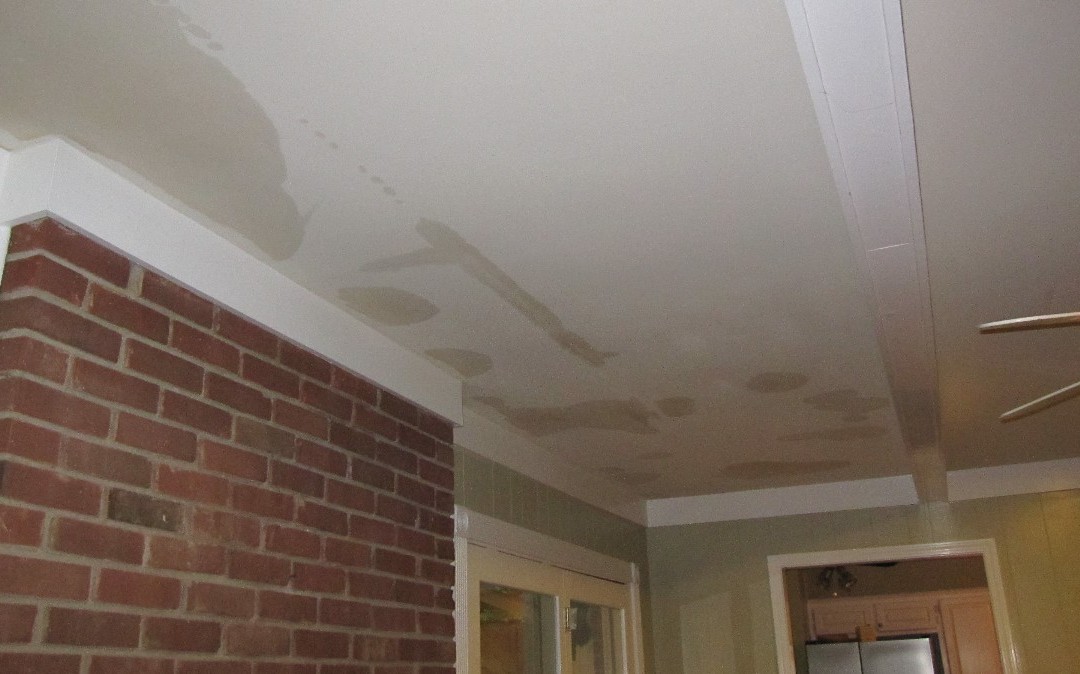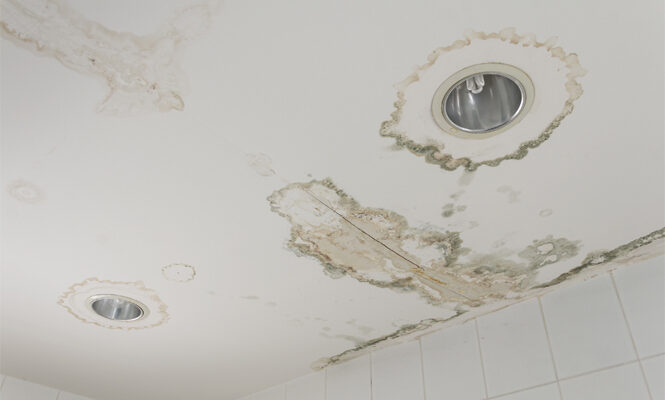Don't Let Wall Stains Linger - Best Practices For Checks And Repairs
Don't Let Wall Stains Linger - Best Practices For Checks And Repairs
Blog Article
We have noticed this great article about Indicators of Water Damage Behind Walls down the page on the net and decided it made good sense to talk about it with you on this page.

Water spots on wall surfaces are not pleasurable to the eyes. Sometimes it seems nearly unavoidable to experience water discolorations on walls in residences.
House owners staying in humid regions frequently handle the anxiety of water spots on wall surfaces. That does not have to be the situation for you. With well-shaped and exact details on the reasons for water spots and also timely fixing processes, you will certainly always be a step ahead of such events. So, this post promises to be a valuable overview for you.
3 Common Causes of Water Discolorations on Walls
Contrary to popular belief, water discolorations on wall surfaces do not constantly originate from bad building materials. There are a number of root causes of water spots on wall surfaces. These consist of:
Poor Drain
When making a building plan, it is important to make sure ample water drainage. This will certainly protect against water from seeping right into the walls. Where the drainage system is clogged or nonexistent, underground moisture builds up. This links to excessive wetness that you notice on the walls of your building.
The leading reason of wet walls, in this instance, can be an inadequate drain system. It can likewise be due to poor monitoring of sewer pipes that run through the structure.
Moist
When warm wet air consults with dry cold air, it creates water beads to form on the wall surfaces of structures. This happens in bathroom and kitchens when there is heavy steam from food preparation or showers. The water beads can stain the bordering walls in these parts of your home as well as infect other locations.
Moist or condensation influences the roofing system and also walls of structures. This causes them to show up darker than various other areas of the house. When the wall surface is wet, it produces an ideal environment for the development of microbes and fungis. These might have unfavorable results on health, such as allergic reactions and respiratory system disorders.
Pipe Leaks
The majority of homes have a network of water pipelines within the wall surfaces. It always enhances the practicality of such pipelines, as there is little oxygen within the wall surfaces.
Yet, a disadvantage to this is that water leakage affects the walls of the building and also triggers prevalent damages. A telltale sign of defective pipes is the look of a water discolor on the wall surface.
Water Discolorations on Wall Surface: Fixing Tips
Homeowners would typically want a quick fix when handling water spots. They would certainly soon realize this is counterproductive as the water stains repeat. Right here are a few helpful pointers that will certainly direct you in the repair of water discolorations on wall surfaces:
Pro Idea
A houseplant in your home additionally enhances its moisture. If the home is already damp, you may desire to introduce houseplants with very little transpiration. An example of appropriate houseplants is succulents.
Conclusion
No one wants to have water stains on walls in their residence, it can occur to the best of us. This post gives you utilize, as you now know exactly how to handle this incident if it does occur.
It is constantly best to recruit specialist services to aid fix the problems in your home.
Often it seems nearly inevitable to experience water spots on wall surfaces in residences.
In contrast to popular idea, water spots on wall surfaces do not constantly stem from poor structure materials. There are a number of causes of water discolorations on walls. The water droplets can stain the bordering walls in these components of your home and also spread to other locations.
Right here are a couple of practical tips that will certainly direct you in the fixing of water spots on wall surfaces:
CHECKING FOR WATER DAMAGE
Water damage can be costly, and it may begin before you even notice the first signs of trouble. Water damage can cause mold and mildew in your walls and floors, which can create an abundance of health concerns for your family. It can also lead to costly repairs of various appliances and general home fixtures. To avoid the pricey consequences of water damage, here are Warner Service’s top 5 places you should check:
The walls – The easiest place to spot the beginnings of water damage is on the walls and ceilings of your home. If water damage is present, there will most likely be water stains, especially around the windows and doorframes, and/or cracks in the drywall. If a stain looks unusual (discolored to brown, black or gray, raised texture), has a swollen appearance or is soft to the touch, contact a professional immediately. The pipes – To avoid water damage, consistently check the pipes in your kitchen (especially the dishwasher and ice maker), bathrooms, laundry room (specifically washing machines) and basement for corrosion, leaks and water stains. Pay special attention to where the pipes connect in your home and the location of caulking around the bathroom fixtures, including toilets, sinks, showers and tubs. Missing or loose caulking and grout could be signs of leaking water. This seepage can also quickly cause mold and rust, so double check your water heater and tank for wet spots on the floor. The floor – Water damage is very easy to spot on the floor. Look for any warping or buckling of the material, especially in the basement. If your home has wood flooring, look for bright white or dark stains. If your home has carpeting, keep it dry and clean. A damp carpet that smells of mold could cause water damage and health problems. To avoid this, consider installing floor pans under your appliances to help prevent damages from small, slow and undetected leaks. The basement and attic – If your basement or attic smells odd check for mold and mildew around the area, especially the valley where the roof meets. While you are inspecting those areas, check for wall cracks, floor stains, rust and dampness in the insulation. If you live in a colder and/or rainier climate, perform routine checks for water damage from melting snow or ice and rain. The exterior – Check the roof for damaged flashing and missing, cracked or curled shingles. There should also be no standing water anywhere outside your home. This could be caused by puddles, leaky rain gutters or hoses, poor drainage, or short gutter spouts. Invest in a sump pump system or water flow monitoring system, and perform routine maintenance on these outdoor appliances to avoid indoor water damage.

I found that entry about Indicators of Water Damage Behind Walls when looking around the search engines. Are you aware of anybody else who is truly interested in the subject? Do not hesitate to share it. We take joy in reading our article about .
Book Now!
Report this page